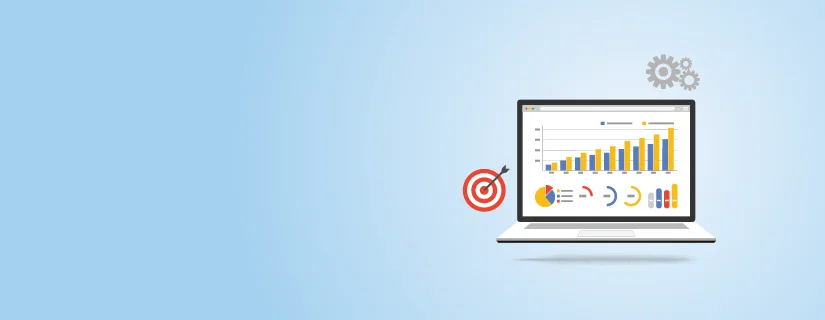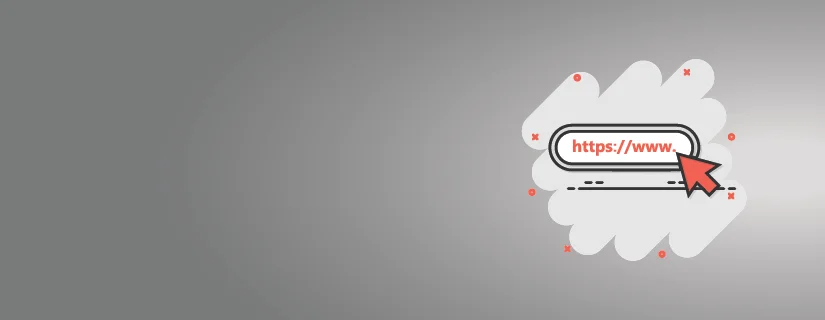Understanding Canonical URLs: A Simple Strategy to Improve SEO
In the enormous world of SEO, there is a whole universe of strategies and tools that keep websites above and beyond the pack. However, one often underutilized technique is the application of canonical URLs. Whether it’s a neophyte venturing into this world or one of the long-time professionals who have been going about this way for years, you may hear the term, but are completely unsure of their importance. The digital landscape is flooded with content today, and effective management is critical to the success of your website. However, what happens if your content ends up appearing everywhere, or the duplicate content creeps through all the cracks? That’s when the idea of canonical URLs steps in.
We are going to talk about what these updates are, why they occur, and how they impact both businesses and users
What is a Canonical URL?
A canonical URL is essentially a preferred version of a webpage that is available across the internet whenever there are various versions of that same content on the internet. For instance, your product is listed on two different URLs—on one which shows the page of the product and another when it is appearing in a list of categories or as part of a filtered search. Google may take both as identical content, making it confusing to search engines. Thus, both can cause an issue in terms of ranking in the search result. By placing a canonical link, you would be telling a search engine to rank which page is the main or primary. This way, the search engines know which version to rank on and will not penalize the site for presenting duplicate content.
Why Are Canonical URLs Important?
Canonical URLs are important because of the following key reasons:
Avoiding Duplication of Content: In the event that identical content can be reached via different URLs, search engines might perceive your website as having duplicate content, which negatively impacts your rankings. Canonical URLs merge these into one page, eliminating any confusion Google may have about which page to index.
Improves Search Engine Optimization: Since you will set the canonical URL, you will prevent the dilution of link equity-the value passed by backlinks. Therefore, all your backlinks will now be contributing towards the same page, making it that much more effective on the SEO front.
Better User Experience: This prevents users from going to the less optimized version, thereby ensuring them that they’re clicking on the right page every time.
How Google Selects A Canonical URL?
These signals are used by Google to find which page it should consider the canonical one:
HTML Link Element: A canonical URL is usually defined inside the <head> section of an HTML page by a <link rel=”canonical”> element.
Content Similarity: If Google identifies several pages that are basically the same in content but lack a clear canonical, it uses its algorithms to determine which of those pages would be most authoritative or relevant by other factors, such as backlinks and social signals.
301 Redirects: In the case of permanent redirects, Google may combine pages into a single URL and consider the target URL as canonical.
Best Practices for Canonical URLs
Some Best Practices to Follow to Get the Most Out of Your Canonical URLs
Be consistent: Use canonical tags on every page where duplication of content can be a cause for concern, and be very consistent in both how and where you apply the tag across your site.
Use Absolute URLs: Use the complete absolute URL which may contain either “http” or “https”. Avoid using relative URLs while defining the canonical URL to remove ambiguity.
Do not apply Canonical Tags on self-referential pages: Since a page will only contain the unique version of its content with no duplication elsewhere, no need to place any canonical tag there pointing back at itself.
Monitor for Errors: Look in Google Search Console to make sure that your canonical tags do not have any errors or problems.
Avoid overuse: Canonical tags should be used only when it is really needed. Using them excessively confuses search engines, especially when trying to consolidate pages that are not actually connected to each other.
In the field of SEO, canonical URLs is one of those important yet relatively misunderstood tools. It helps control duplicate content and consolidates all SEO value towards the correct page, thus not being indexed by search engines on the wrong one. Understand how canonical URLs work and how you can best use them in implementation to enhance the SEO of your site and avoid costly mistakes around duplicate content.
Enquiry
Recent Updates
- 12 February 2025
- 12 February 2025
- 12 February 2025
- 12 February 2025
- 12 February 2025
- 12 February 2025







